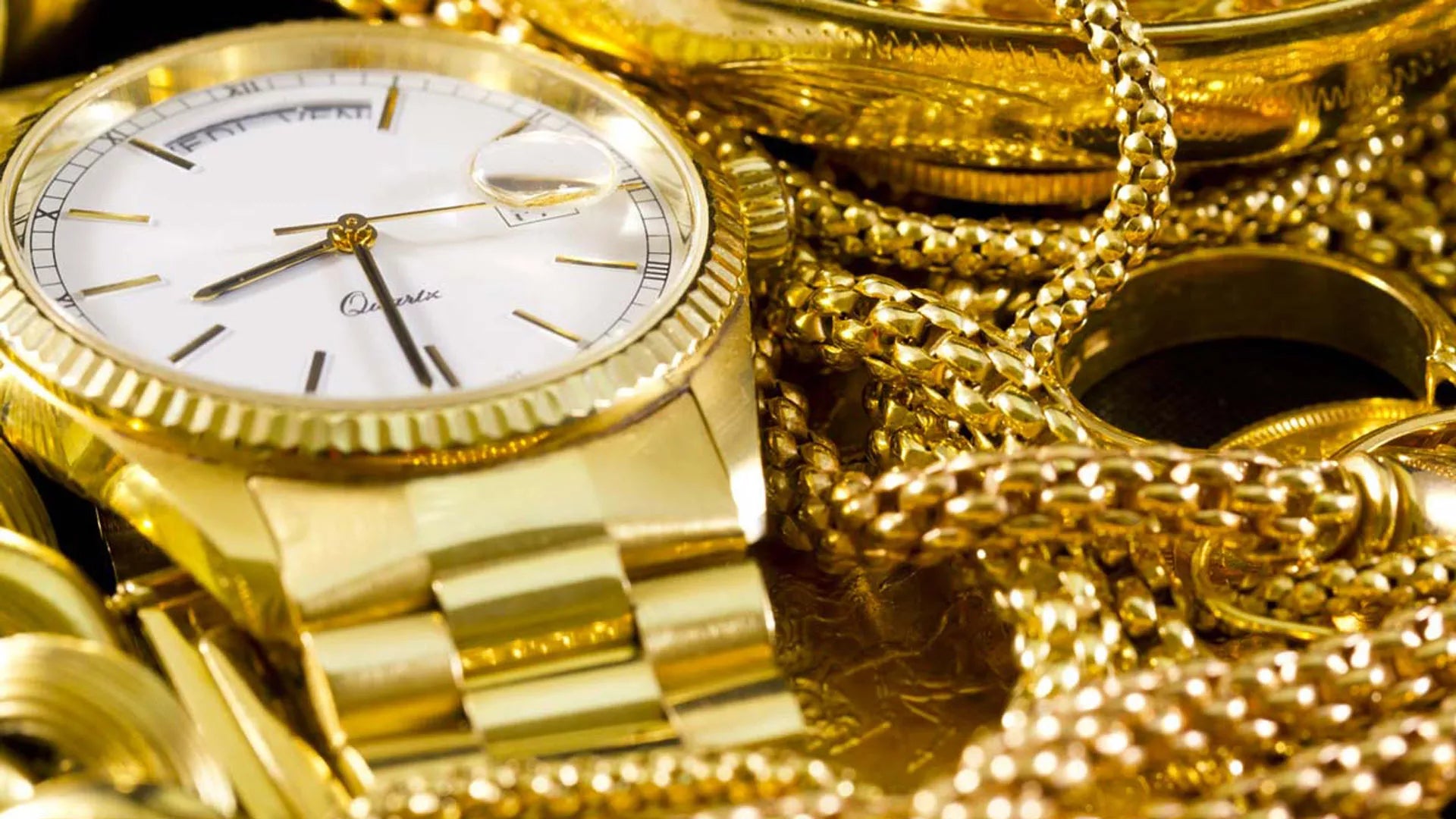“The artistic quality of a people's jewelry gives the measure of their artistic level.” Louis Comfort Tiffany.
The beginning of the nineteenth century marked the start of the mechanized and mass production of goldsmithery, in order to respond to the growing demand of the lower middle class and the working classes for inexpensive jewelery with a simple design that could be worn without commitment. The jewel produced by the assembly line was technically perfect, but from an aesthetic-design point of view it had no value, especially since the reference models of industrial jewelery were poor versions of the most popular jewelery at the time.
Wealthy buyers continued to turn to large jewelry companies, preferring ornaments whose preciousness consisted only in the quantity of gold used or the purity of the diamond. Every major house had its own repertoire album available to customers. If the model of a ring or necklace met the public's taste, it was repeated until demand was exhausted.
On the other hand, hardly a production company was willing to invest in the creation of innovative creations for which the market was not prepared. Alongside the prestigious production of the great fashion houses, an artisanal production continued that was always the same.
Albums of models that collected representations of jewelery made in other countries, cultures and eras were also widespread, from which every artisan goldsmith could draw inspiration for his creations, with the consequent stylistic homologation of the goldsmith production of the time. Nineteenth-century criticism therefore relegated goldsmithing to the mere field of craftsmanship.
This gave rise to a general attitude of sufficiency, still very widespread today, which, in jewellery, has long ignored the expressive possibilities that derive, as in any other form of art, from the concrete realization and expressive rendering, through a 'acquired technical expertise, of a drawing, of a project, of an idea, of a message.


